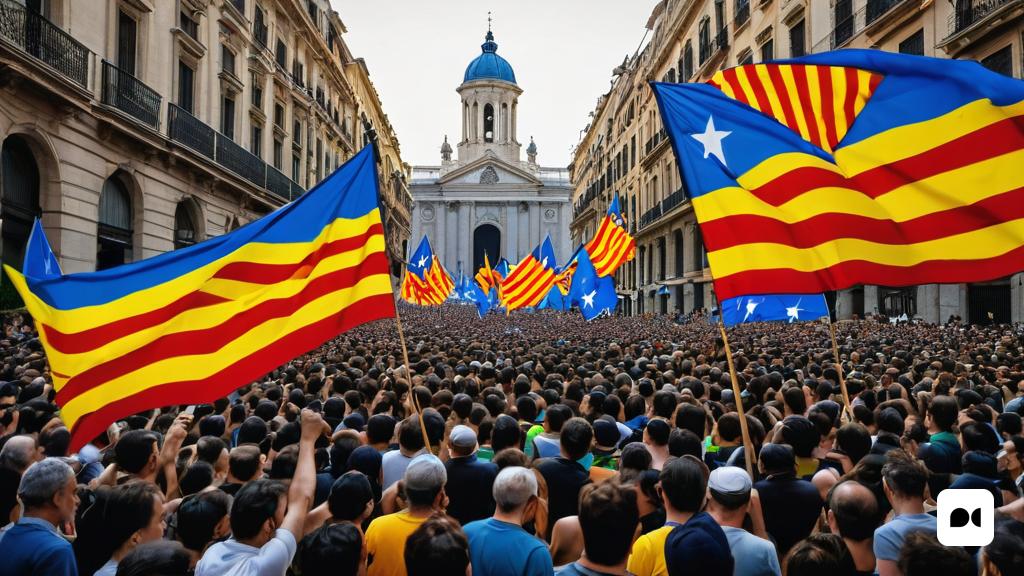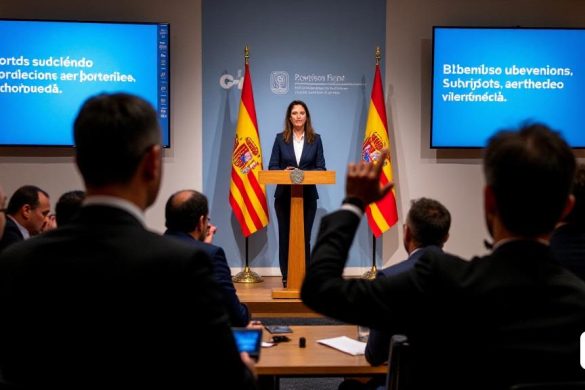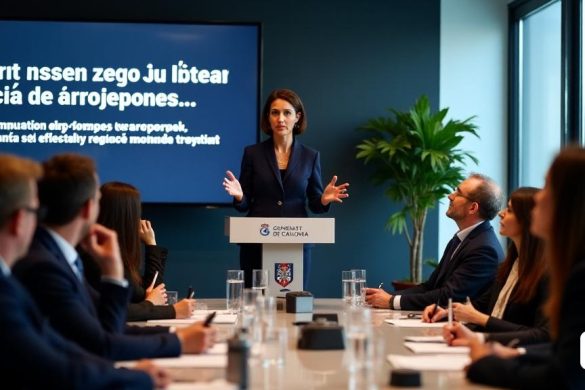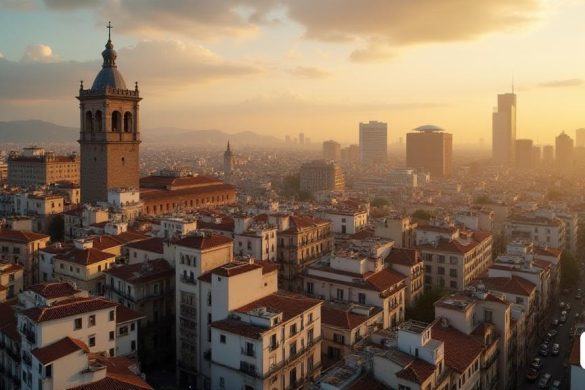Introduction
Recently, I read a response from Isabel Coixet in an interview that perplexed me. In it, Coixet stated that the independence movement has never been left-wing, much less in Catalonia. Although she differs in many aspects with Coixet, her words made me reflect on the possible implications of the May 12 elections in relation to the Catalan independence movement.
The independence movement and the left-right dichotomy
It is important to note that the definition of left and right can vary depending on the perspective of each individual. Coixet and I probably did not draw the dividing line between left and right in the same place. However, what I find difficult to understand is the lack of a clear transformative objective in the Catalan independence movement, beyond a superficial progressive stance. For example, it is contradictory that some sectors of the Catalan left show submission to the monarchy, since doing so loses the ability to consider everyone equally, including oneself. It is essential to address the multiple inequalities and discriminations that exist in our society, instead of simply proclaiming social causes without a true transformative impact.
The strategy of unionism
It is worrying that unionism has found a way to undermine independence through the false contrast between being left-wing and being independentist. This strategy puts social problems above the national issue, but only in the Catalan context. However, independence does not only seek to solve social problems, but also to prevent them from worsening in Catalonia. There is a big difference between being masters of our destiny as a community and depending on a monarchy.
A revealing example
To understand the possible consequences of the elections and Catalan politics, we can analyze the current Cercanías Renfe pact. This agreement, reached during the previous legislature, reflects the lack of attention to the needs of the working class and its impact on their jobs, salaries, health and quality of life. It is important to consider what political horizon awaits us with a government formed by PSC-PSOE and/or Comuns-Sumar. Will we continue to be trapped in a game that does not benefit the majority?
Conclusions
In summary, although I do not share all of Isabel Coixet’s opinions, her words led me to reflect on the Catalan independence movement from a different perspective. It is essential to analyze the political and social implications of elections and consider how they address real problems in society. The independence movement should not be reduced to a question of left or right, but rather it should be a movement that seeks well-being and equality for all Catalans.




